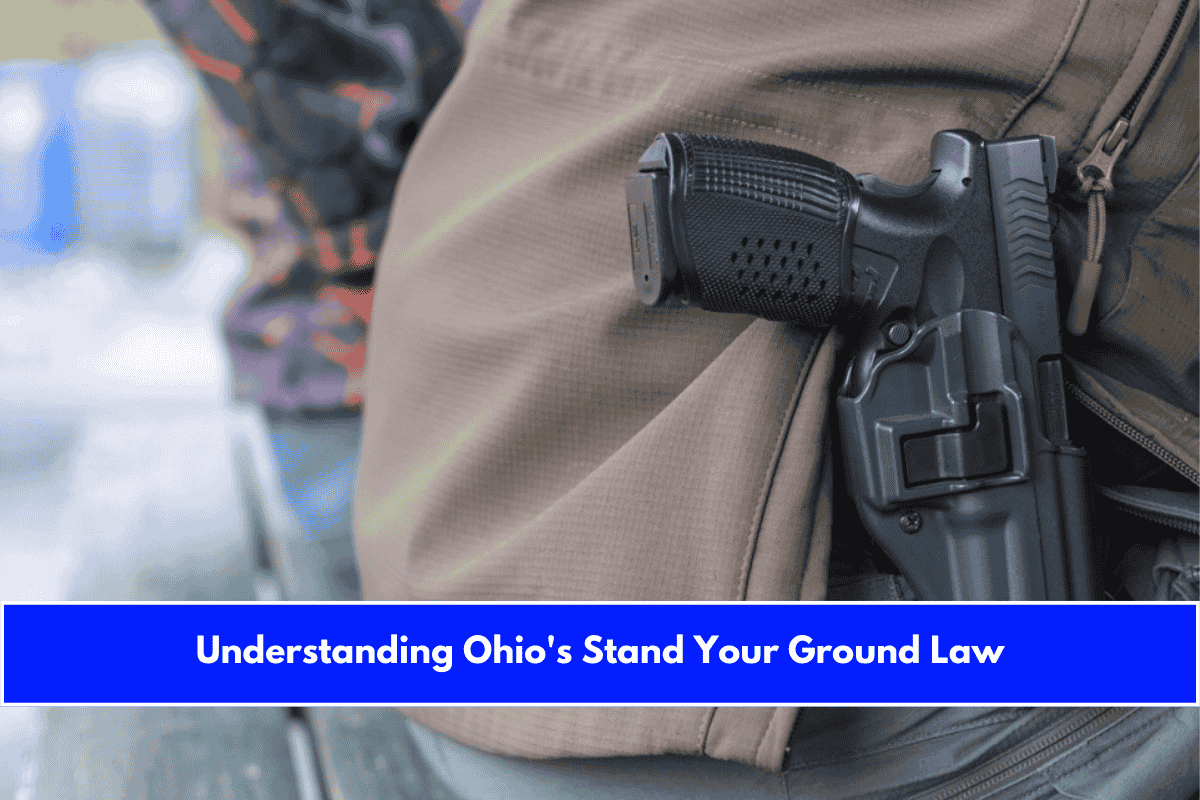Ohio’s “Stand Your Ground” law significantly changed the state’s self-defense landscape. Here’s what you need to know about how it works, who it protects, and its legal implications as of 2025.
What Is Ohio’s Stand Your Ground Law?
Ohio’s Stand Your Ground law, enacted in 2021, eliminates the duty to retreat before using force in self-defense if you are in a place where you are lawfully allowed to be. Previously, Ohioans were required to attempt to escape or avoid conflict before resorting to force, unless they were in their home or vehicle (the “Castle Doctrine”).
When Can You Use Force Under the Law?
You are justified in using force, including deadly force, in self-defense in Ohio if:
- You are not the aggressor in the situation.
- You reasonably believe you are in imminent danger of death or great bodily harm.
- You are in a place where you have a legal right to be (not trespassing).
There is no longer a legal requirement to attempt to retreat from the situation before defending yourself, whether you are in your home, vehicle, or any public place where you are lawfully present.
Legal Standards and Burden of Proof
- Reasonableness: The use of force must be reasonable and proportionate to the threat faced. Unreasonable or excessive force is not protected.
- Burden of Proof: The prosecution now bears the burden of proving that your use of force was not in self-defense, rather than you having to prove that it was.
The Castle Doctrine vs. Stand Your Ground
- Castle Doctrine: Applies specifically to your home or vehicle. If someone unlawfully enters, you are presumed to be acting in self-defense if you use force.
- Stand Your Ground: Extends this principle to any location where you are lawfully present, such as public spaces, removing the duty to retreat before using force.
Important Caveats
- Not a License for Violence: Stand Your Ground is not a blanket protection for using force. If you are found to be the aggressor, or your fear of harm is not reasonable, you can still face criminal charges.
- Proportionality: The level of force used must match the threat. Lethal force is only justified if you reasonably believe you face serious harm or death.
Real-World Implications
- Self-Defense Claims: If you claim self-defense, you admit to the act (such as using force) but assert it was necessary to protect yourself or others. Evidence and witness statements are crucial in these cases.
- Legal Protection: The law is designed to favor victims who act to protect themselves in life-threatening situations, but each case is evaluated on its facts.
Summary Table
| Scenario | Duty to Retreat? | Use of Force Allowed? |
|---|---|---|
| In your home/vehicle (Castle) | No | Yes, if facing unlawful entry |
| In public place, lawfully present | No | Yes, if facing imminent threat |
| If you are the aggressor | N/A | No protection under the law |
| If force is unreasonable/excessive | N/A | No protection under the law |
Key Takeaways
- Ohio’s Stand Your Ground law removes the duty to retreat anywhere you are lawfully present.
- You can use force, including deadly force, if you are not the aggressor and reasonably believe you are in imminent danger.
- The burden is on the prosecution to prove you did not act in self-defense.
- The law does not protect unreasonable or aggressive use of force.
For anyone considering self-defense actions in Ohio, it is crucial to understand these rules and seek legal counsel if involved in an incident.
Sources:
- https://grahamlpa.com/blog/ohio-stand-your-ground-law/
- https://www.debra-law.com/blog/2022/04/the-basics-of-self-defense-and-stand-your-ground-laws-in-ohio/
- https://www.adamhuntlaw.com/how-ohios-stand-your-ground-law-affects-criminal-defense/
- https://www.uslawshield.com/defining-your-castle-in-ohio/











Leave a Reply